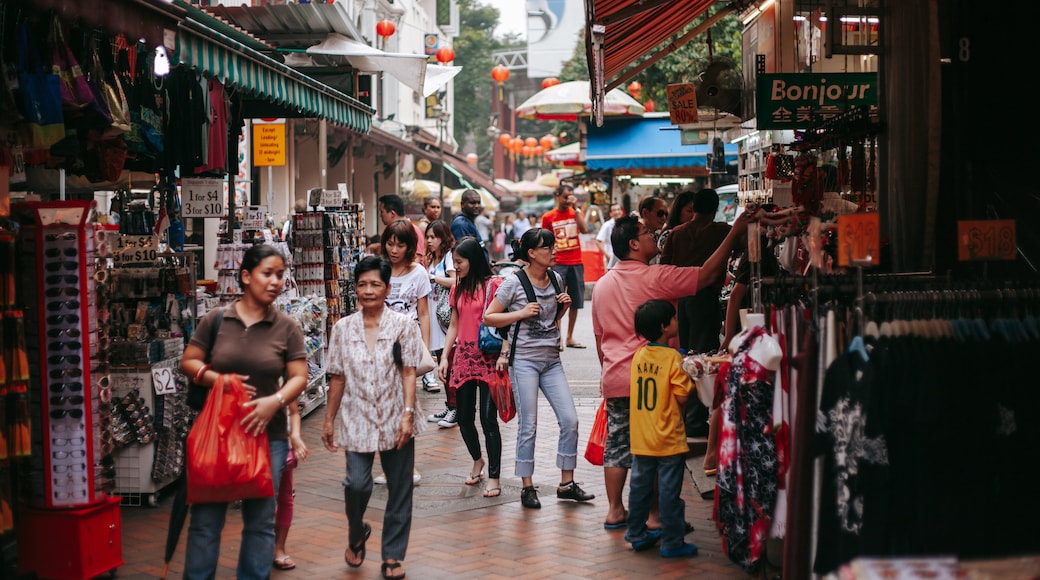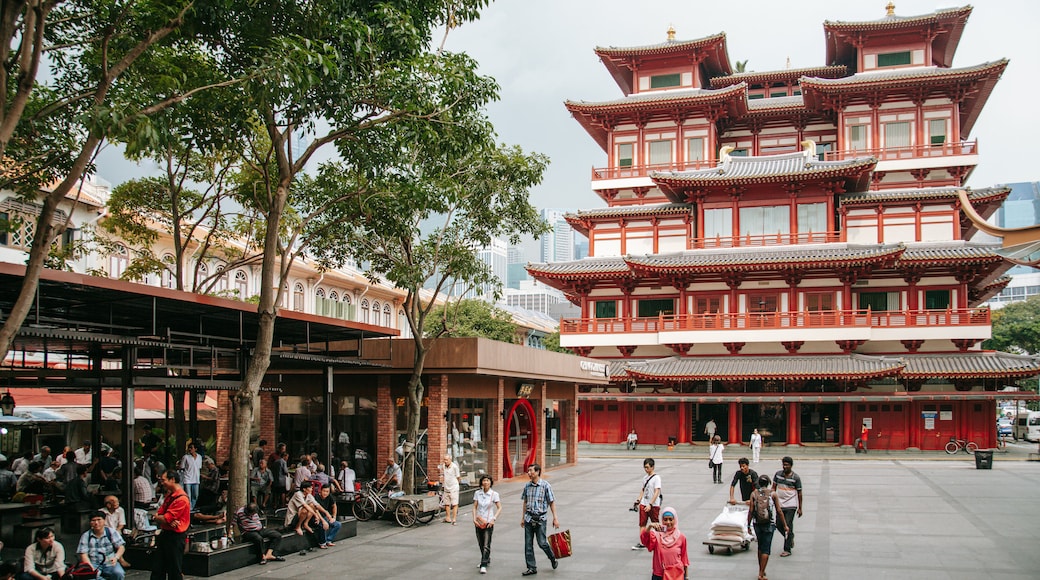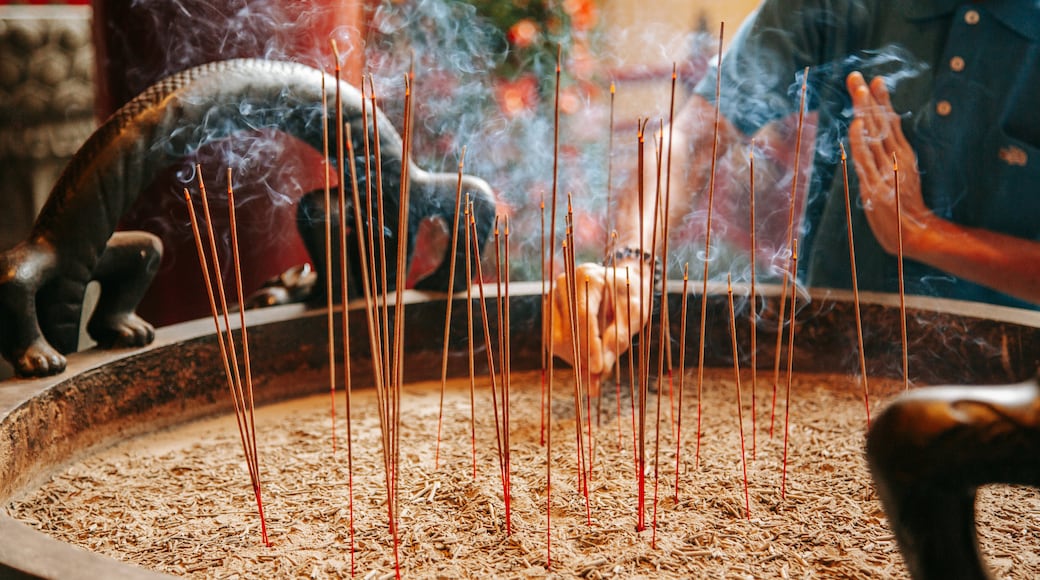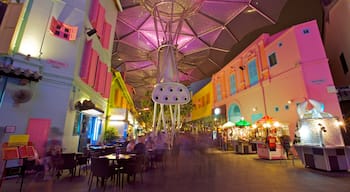The majority of Singapore's population is ethnically Chinese, and the area known as Chinatown has been their cultural centre for hundreds of years. As trading houses expanded along the south bank of the river in the 19th century, coolies and Chinese merchants settled in an area that was soon officially designated as Chinatown by Singapore's British founder, Sir Stamford Raffles. Characterised by temples, markets and shop-houses, the area around Pagoda Street is a great place for a stroll and a bite to eat. As well as Chinese medicine shops and market stalls, there are also some interesting attractions such as the Chinatown Heritage Centre and the Buddha Tooth Relic Temple and Museum.
Inside the Heritage Centre, a museum housed in three restored shop-houses, you can learn about how life was for the early immigrants, There are vivid accounts about their living conditions and a series of exhibits following individuals who lived here hundreds of years ago.
The Buddha Tooth Relic Temple was completed in 2007 and is based on the Tang dynasty architectural style. It was built to showcase a tooth relic which was found in Burma. Visitors are welcome to enter the temple and take a look around the lavish gold and red interior.
A Chinatown highlight is the food: there's plenty of traditional Chinese cuisine on Smith Street, affectionately known by locals as Food Street. Sample the local favourite Bak kut teh, or pork rib soup. The cuisines from many different Chinese provinces are on offer here too, so it's easy to find something a little different.
As well as the many Chinese attractions, the area also has the oldest Hindu temple in the city, the Sri Mariamman Temple. Its location in Chinatown illustrates the fascinating ethnic blend in Singapore.
Chinatown is well served by public transportation and the Chinatown MRT station is just a minute's walk away.















